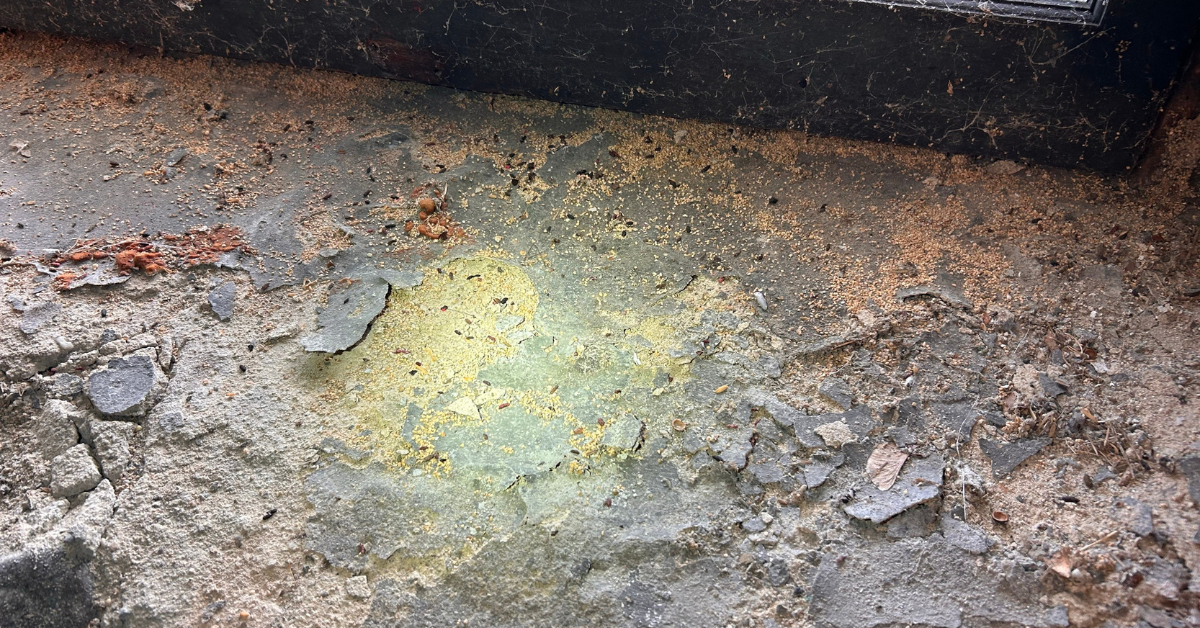How do Cicadas Harm Trees and Shrubs?
According to the Time Union, after mating female cicadas fly or crawl into trees and deposit eggs. The adults then die off, with their bodies providing a brief bounty to assorted scavengers. As the eggs hatch, cicada nymphs’ drop to the ground and burrow beneath the surface, where they latch onto tree roots and feed unseen until again emerging in 17 years.
How do Cicadas Harm Trees and Shrubs:
Female cicadas are the ones that harms trees. Choosing deciduous trees, she cuts two slits in small pencil sized (or smaller) branches and twigs, and lays about 24 eggs. She then goes on to another twig and repeats the process. A female cicada can deposit up to 600 eggs.
Where infestations are heavy, the egg laying process is repeated on a tremendous number of twigs. This causes the twigs (or ends of the tree) to die, and often break off. With a heavy infestation, it often destroys young trees and bushes. While the damage may look bad on large trees, a mature tree can usually survive the damage.
What types of trees and shrubs do Cicadas prefer?
Cicadas love woody stalks, 1/2 inch or less in diameter. Pines are not bothered, because of the sap. Cicadas harm trees with branches 1/2" in diameter or less, with long open sections that they can "stitch" to lay eggs.
Trees and shrubs that need protection include: Apple Trees, Arborvitae, Ash Beech, Black Eyed Susan, Crab Apple, Cherry, Dogwood Tree, Fruit Trees in general, Grape vines
Hawthorn, Hickory, Holly, Japanese Maple, Lilacs, Magnolia, Maple, Oak, Peach Tree, Pear Tree, Raspberry vines, Rhododendron, Roses, Rose of Sharon, Spirea, Viburnum and Willow
Trees and shrubs that done need protection include: Most Flowers, Herbs and Vegetables.
How can you prevent cicadas from damaging your plants?
- Wrap netting, or insect exclusion screens, around small trees or individual tree limbs to keep the cicadas off them. You can get this netting from stores that sell landscaping supplies.
- Spray them off with a hose.
- Manually pick them off with your hand.
Insecticides are often ineffective for Cicadas:
- New cicadas will continually fly onto your trees from neighbor's yards, making pesticides futile.
- Your pets can become ill from ingesting too many treated cicadas.
- Cicadas emerge briefly in large numbers.
Learn how to identify cicadas before they emerge and other cicada facts. If cicadas return to the Albany NY area, be sure to contact a licensed professional to address the issue. Tomorrow we will discuss how cicadas affect trees. Stay tuned! Thomas Pest Services is proud to be a local, family owned pest management company in Albany NY with 3rd Generation Experience can TRUST! Contact us for a free home evaluation!


.png)
.png)
